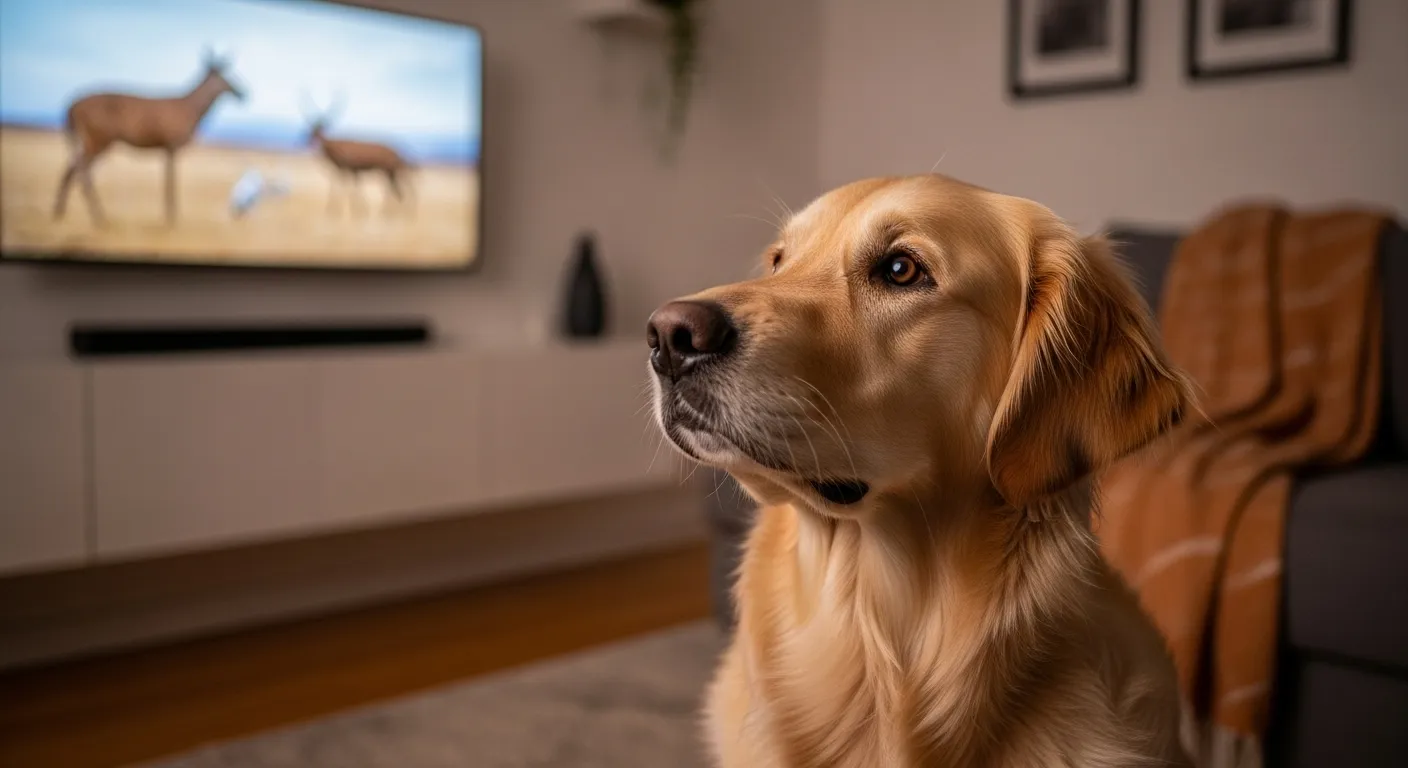
Frequently Asked Questions (FAQs) About Dog Vision
Even with a deeper understanding of how dogs see, many pet parents have lingering questions. Here are answers to some of the most common queries about our furry friends’ eyesight.
Can dogs watch TV?
Yes, they can! However, what they experience is different from what we do. Older television sets had a lower “flicker rate” that dogs could easily detect, which may have made the image look like a strobe light. Modern TVs with higher refresh rates (100Hz or more) provide a smoother image that is more coherent to a dog’s eyes. They are most likely to react to sounds (like barking or squeaking toys) and high-contrast movement on the screen rather than following a complex plot. So, if your dog seems captivated by an animal documentary, they are likely responding to the familiar sounds and the clear motion of the animals on screen.
What colors are best for dog toys?
As we’ve discussed, the best colors for dog toys and equipment are blue and yellow. These two colors stand out most clearly in a dog’s dichromatic vision, making them easy to see against most backgrounds, like green grass or brown dirt. Red, orange, and green toys should be avoided for outdoor play, as they can be very difficult for a dog to distinguish from their surroundings.
Do all dog breeds see the same way?
While the basic mechanics of dichromatic color vision are consistent across all dogs, there are certainly breed-specific variations in other aspects of sight. For example, sighthounds like Greyhounds and Whippets were bred to chase prey over long distances, and they tend to have exceptionally sharp long-distance vision. In contrast, brachycephalic (flat-faced) breeds like Pugs and Bulldogs have a different eye placement that gives them a narrower field of vision but potentially better binocular vision and detail perception up close.
How can I tell if my dog’s vision is getting worse?
Catching vision problems early is crucial. Some signs that your dog may be losing their sight include clumsiness or bumping into furniture, hesitation or fear when using stairs or jumping onto surfaces, difficulty finding toys or food, getting lost in familiar places, or appearing startled easily. You might also notice physical changes in their eyes, such as cloudiness, redness, discharge, or pawing at their face. If you observe any of these signs, it is essential to schedule an appointment with your veterinarian for a thorough examination. They can determine the cause and discuss the best course of action. You can find general resources on pet health from the ASPCA.














